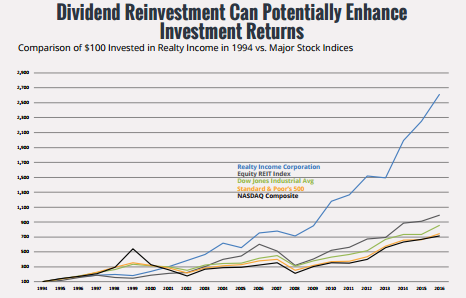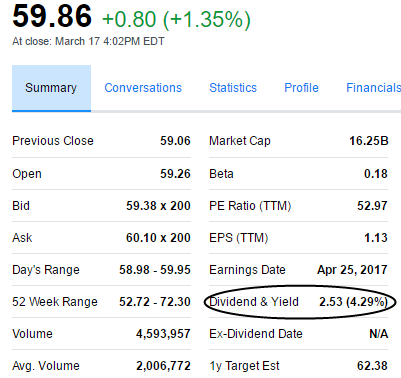2019 was a banner year for the stock market. The TSP stock funds had gains of 22.47% (I Fund), 27.97% (S Fund) and 31.45% (C Fund).
TSPKey’s performance
It was a good year for our service. Our 28.31% return was higher than 9 of the 10 TSP funds, including all of the L Funds.
We also outperformed the 6 other professional services tracked by TSPCenter (based on their 1-year returns as of 12/31/2019) and TSPTalk’s advisory services.
A better comparison
A 100% stock fund allocation isn’t the best “apples to apples” comparison for our service. We weren’t fully invested in stock funds all of last year. Our average daily allocation was 81% in stock funds. The rest was split between the G and F Funds.
The L 2050 Fund is a better benchmark. It’s invested 81.75% in stock funds, almost identical to ours. The L 2050 had a 23.33% gain last year, so our return was decidedly higher.
Let’s assume someone was really lucky and guessed the C Fund would be 2019’s top performer. If they invested 81% in C and split the rest between the F and G Funds, the return would be 26.23%, still lower than ours at the same risk level.
Lessons learned
There are a few major takeaways from 2019:
Lesson 1: Don’t fight the trend
“The trend is your friend” is an old Wall Street adage, and the trend for stocks was up in 2019. If you kept a large allocation in the G and F Funds, you missed a great opportunity.
Lesson 2: Don’t fear the bear
Despite the stock rally, there was no shortage of scary news. Gloomy headlines about trade wars, international tensions and impeachment were everywhere. Many analysts–including some TSP services–predicted a recession or market crash. If you followed their advice and moved out of stocks, you also missed out.
Lesson 3: Make decisions based on data, not emotions
Is there ever a time to reduce your stock allocation? Yes, but only when you use clear, tested rules and hard data–not headlines and gloomy predictions. Our system uses three criteria:
- The stock market’s long-term trend
- An economic data index (manufacturing, housing, employment, yield curve, etc.). If the long-term trend turns down, is it temporary or is a real recession on the horizon? This index keeps us in stocks during short-term disruptions when the economy is still sound. It’s better to hold some stock funds unless a true, long-term bear market happens.
- Seasonality. Historically the stock market performs better during certain times of the year.
These are binary (yes or no) indicators telling us to invest fully, partially or not at all in stock funds. They remove emotions and biases.
Right now the market’s long-term trend is up. Our economic data index is positive, though it’s weakened a bit recently.
Wrapping Up
Whether you use our service or not, we hope this will help optimize your TSP account and other investments. In summary:
- Keep a higher allocation of stock funds when the market is trending up
- Don’t change your investing plan based on news, hype or fear
- Use rule-based systems and principles to manage your investments
Join us!
Need help allocating your TSP funds? Become a TSPKey member here. You’ll get our TSP specific fund recommendations and weekly newsletter.
TSPKey does not give personalized investment advice. This is for informational and educational purposes only. Past and/or hypothetical performance is not an indication of future performance.





